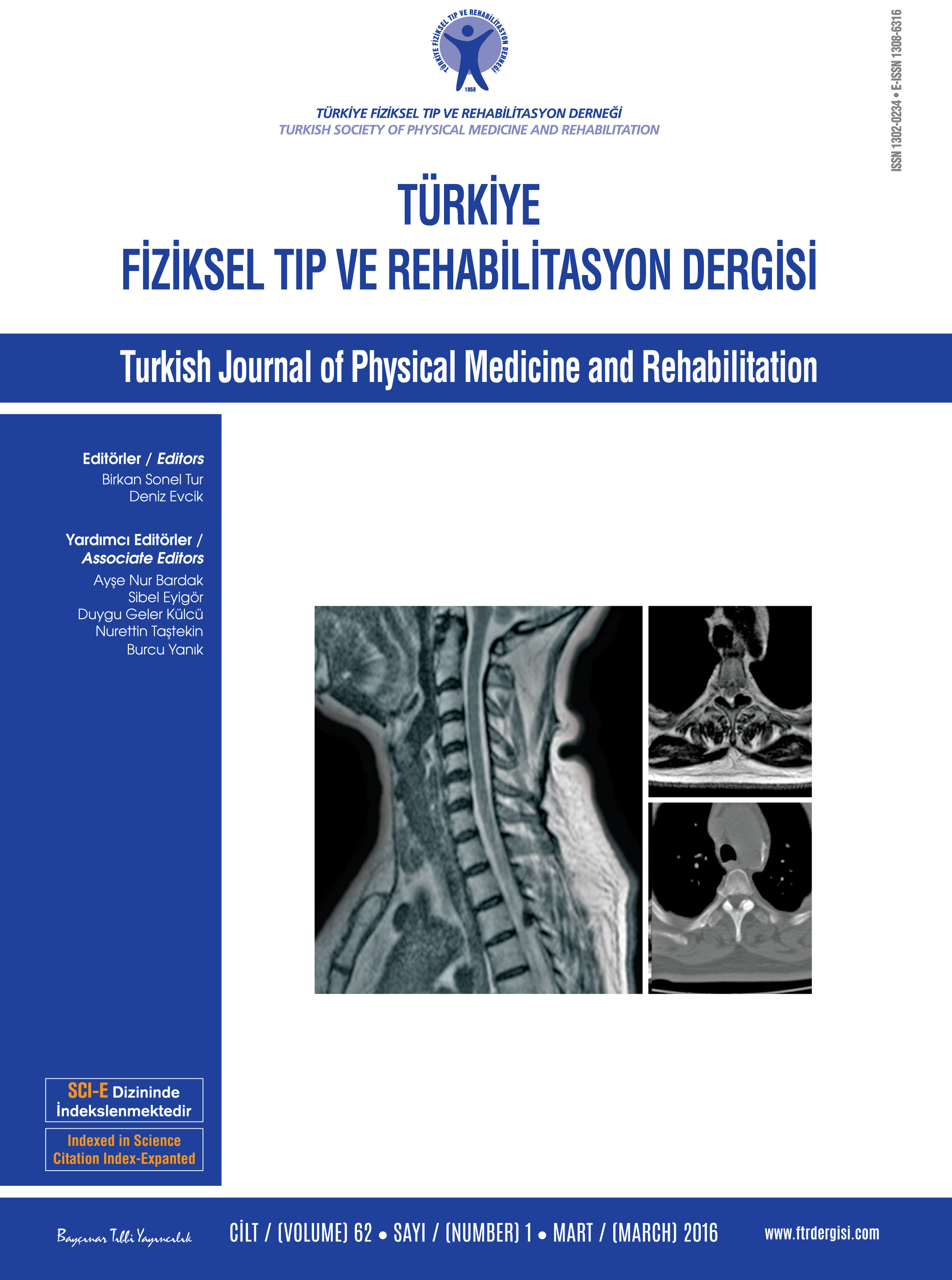Return to work after amputation
Patients and methods: The study included 70 patients (61 males, 9 females; mean age 36.67±12.70 years; range 17 to 65 years) with amputation between July 2014 and September 2014 demographic and clinical characteristics of the patients, amputation level, duration and cause of amputation, return-to-work status after amputation, duration of treatment, and duration of off-days were recorded.
Results: Time from amputation to return to work was 23.66±29.74 months. After amputation, 39 men (63.9%) returned to work, while 22 (36.1%) of them did not return. Four women (44.4%) returned to work, while five (55.6%) of them did not return. Of patients who returned to work after amputation, 26 (37.1%) worked at an unfavorable employment, whereas 34 (48.6%) of them were found to lose their premorbid productivity. Sex and the use of protheses had no effect on returning to work after amputation, while being married, younger age, time from amputation, and long-term prothesis use increased the rate of returning to work. Returning to work after amputation did not affect the quality of life, functional status, and depressive mood of patients.
Conclusion: Our study results show that the factors such as time from amputation, age, and marital status have an important effect on returning to work after amputation. Therefore, it is of utmost importance to tailor an effective and organized rehabilitation program to decrease disability and to encourage the patients to return to work.
Keywords : Amputation; return to work; prosthesis

















